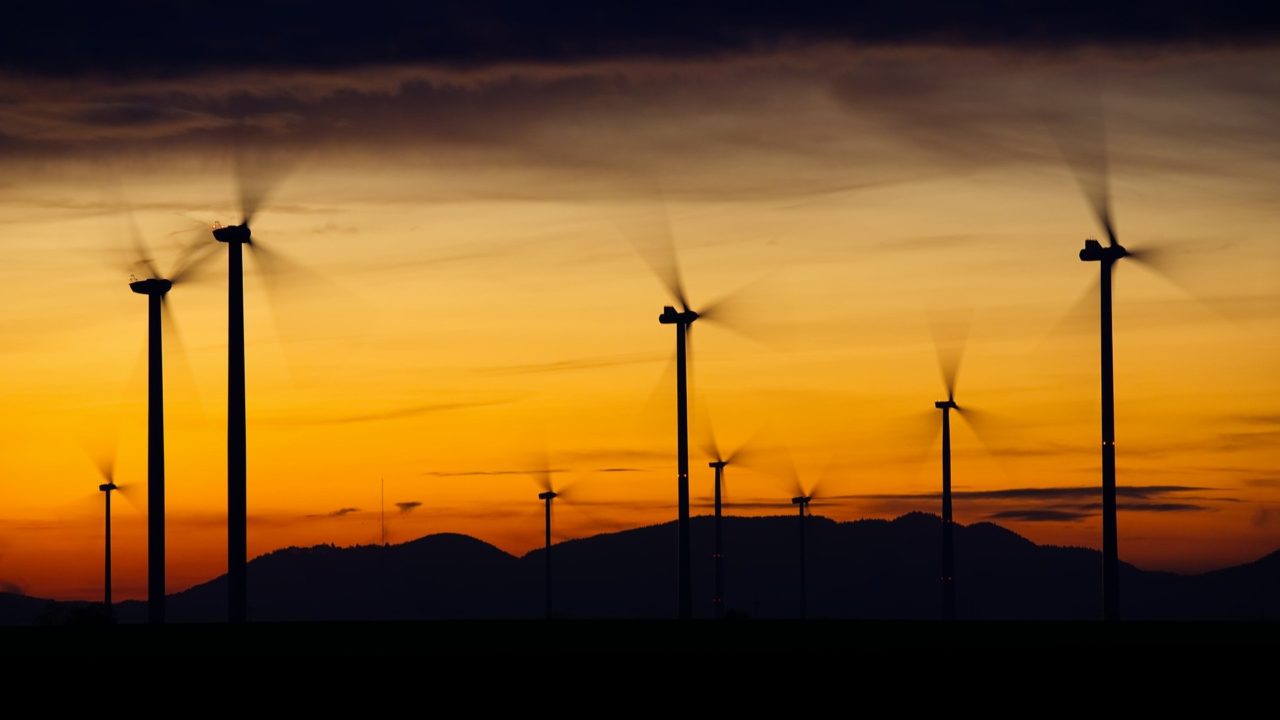A roadmap for “radically transforming the country’s electricity grid” has been unveiled.
EirGrid chief executive Mark Foley and Minister Eamon Ryan have published the Shaping Our Electricity Future roadmap.
EirGrid was asked by the government to transform the electricity system in anticipation of a future without coal, oil, peat and ultimately one with net-zero emissions.
Specifically, EirGrid must redevelop the grid to manage the vast majority of Ireland’s electricity coming from renewable sources by 2030.
Coal and fossil fuel-based generation will be phased out in the next decade, with natural gas helping to fill any gaps while the necessary changes are being made.
Roadmap for transforming Ireland’s electricity system
The Shaping Our Electricity Future roadmap is the result of a 14-week consultation across all sectors of society and two years of research by industry experts and tens of millions of technical simulations.
It provides an outline of the key developments needed from a networks, engagement, operations and market perspective to support a secure transition to at least 70% renewables on the electricity grid by 2030.
This is an “important step” on the journey towards 80% renewables, which will present opportunities for further renewable generators, and ultimately, net-zero by 2050.
The plan comprises 43 new grid infrastructure projects, representing a total investment of over €1 billion.
This is on top of an existing €2.2 billion programme of grid infrastructure projects.
Under the Shaping Our Electricity Future roadmap, there is expected to be greater control over where future generation and demand is located, minimising the need for the development of new electricity lines. Most of the new projects identified in the blueprint are upgrades to existing infrastructure.
Volatility of international gas and carbon prices
Minister Ryan said: “We must radically reduce our dependence on fossil fuels and make the transition to cleaner, indigenous renewable energy.
“Increased renewable energy will insulate Ireland from the volatility of international gas and carbon prices, which are near an all-time high.
“Shaping Our Electricity Future shows a clear path to delivery on our commitments to decarbonise our electricity grid, harness our natural resources and bring renewable energy into the heart of our communities.
“It will also enable us meet the projected increase demand for electricity over the coming years.”
There were 492 submissions from members of the general public and 80 industry submissions to the consultation, with EirGrid engaging “at grassroots level” with rural communities, local businesses and young people.
Mark Foley, EirGrid chief executive, said that the grid requires “unprecedented change” in the next 10 years.
“This transition to clean electricity will affect everyone in Ireland and will unquestionably be difficult, however the benefits will be truly transformative at both a societal and an economic level,” he added.
“It is imperative that we find an agreed approach to reach the 2030 renewable targets.”
Consultation feedback
In the public feedback, concern was shown for the environment and ecology, and how the plan could affect the landscape and the raw materials used in developing renewables.
There were also landowner concerns, that their rights must be recognised and protected where development takes places on farmland.
Rural communities stressed that they need to share in any economic upturn as a result of the implementation of plans to achieve renewable energy targets.
This includes encouraging large energy users such as data centres to locate in regional towns and cities, and balancing offshore and onshore generation to sustain jobs and investment.
Demand for electricity is expected to grow between 30% and 50% due to industry growth, and electrification of transport – meaning electric vehicles and the electrification of heat in homes and office.
Significant volumes of new generation capacity are needed in Ireland and Northern Ireland, starting from now and to the end of the decade, so that this demand growth can be met.
